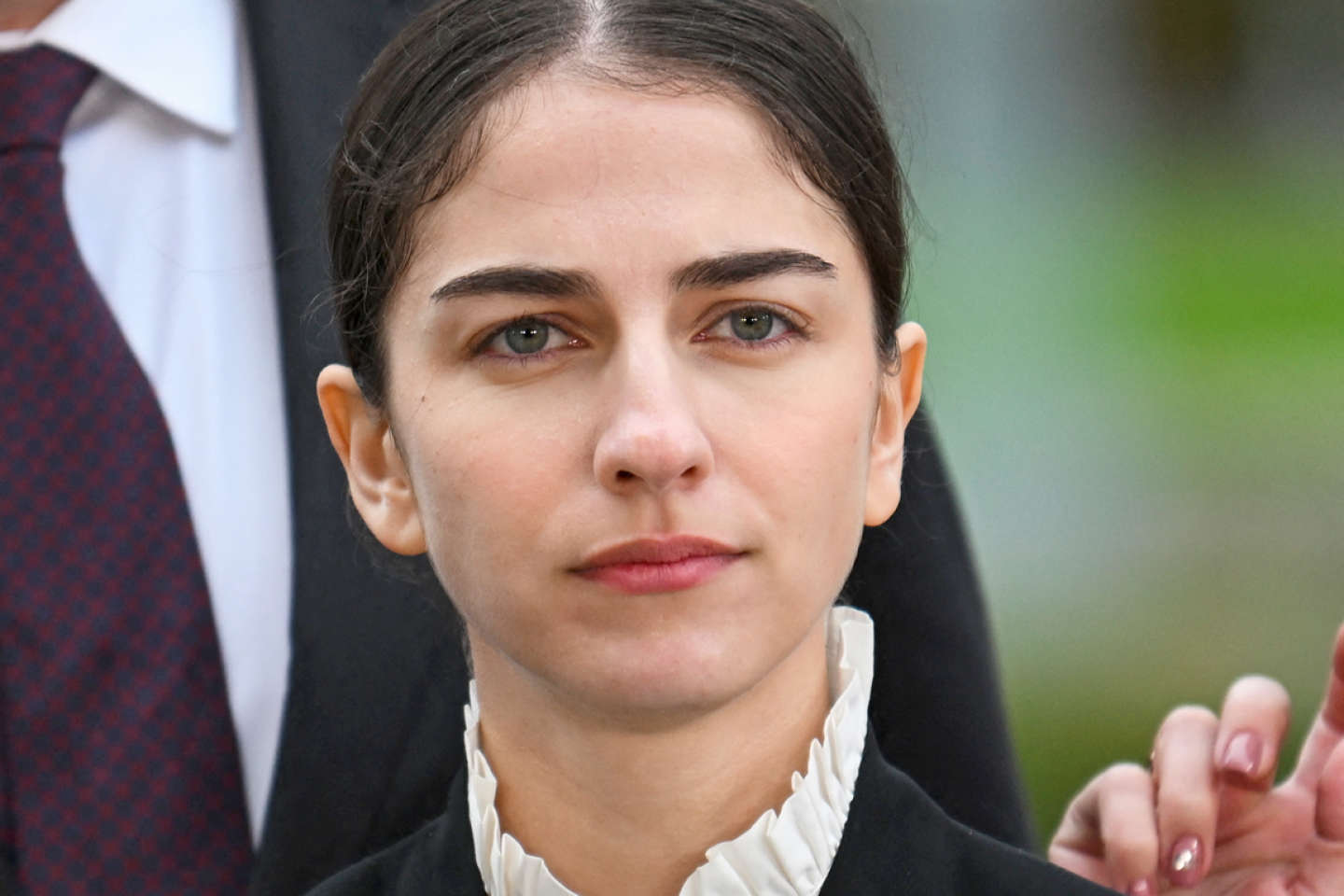The Swedish government has revealed its intentions to triple its nuclear energy production over the next twenty years.
Swedish Environment Minister Romina Pourmokhtari said that current nuclear energy production must be increased threefold to double the country’s electricity generation by 2045.
Pourmokhtari made this announcement after the Radiological Safety Agency presented a report.
The current administration, which assumed office last October, has prioritized nuclear energy over renewable sources to ensure a consistent electricity supply and bolster production levels.
Earlier this year, the government introduced a bill to the Parliament proposing the construction of more nuclear reactors, going beyond the existing facilities.

This proposed legislation, expected to be effective by March 2024, would replace the decade-old law that restricts the number of reactors to ten and nuclear power plants to the current three located in the southern part of the country.
The minister expressed concerns about outdated regulations hindering the progression of nuclear technology in Sweden.
In her view, while other countries have advanced in nuclear technology, Sweden’s discourse over the past decades has stunted its growth.
Pourmokhtari emphasized the need to revise Swedish regulations to gain from modern nuclear advancements.
The upcoming laws might make it easier to establish newer, smaller reactors.
However, the government hasn’t provided specifics about their potential locations, asserting that the nuclear industry should make such decisions.
To provide context, in 2010, the Swedish Parliament agreed to end the nuclear moratorium but maintained that the reactor count shouldn’t surpass the ten in operation then and didn’t allow more than the three existing power plants.
Subsequently, an agreement in 2016 targeted phasing out nuclear energy by 2040, focusing on renewables, though not all parties stuck to this resolution.
The closure of four reactors due to economic reasons and a subsequent rise in electricity prices led to a renewed pro-nuclear stance, influencing the last election’s outcomes.

